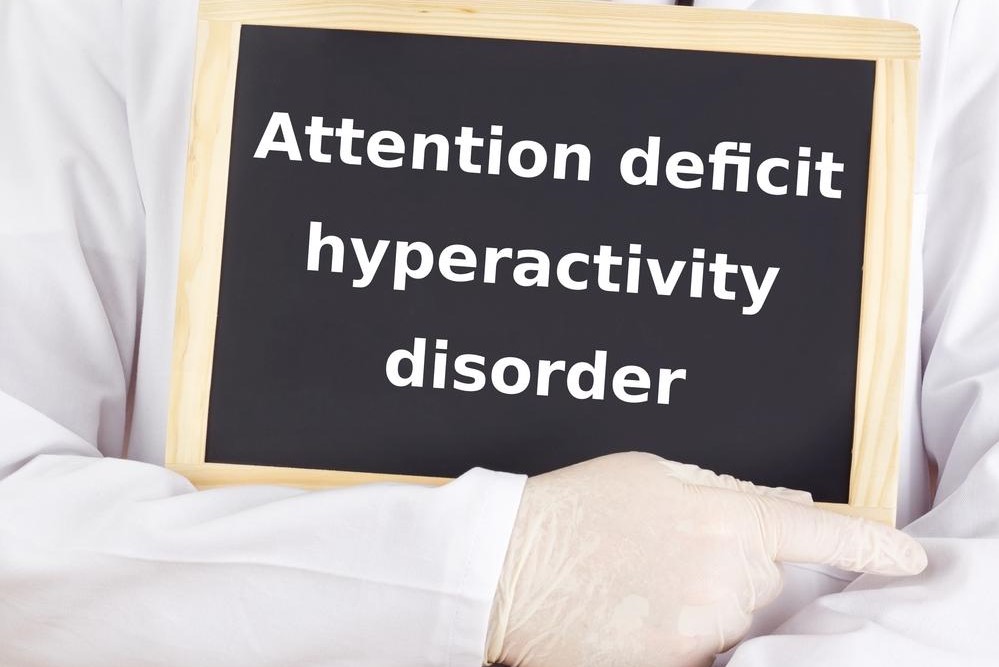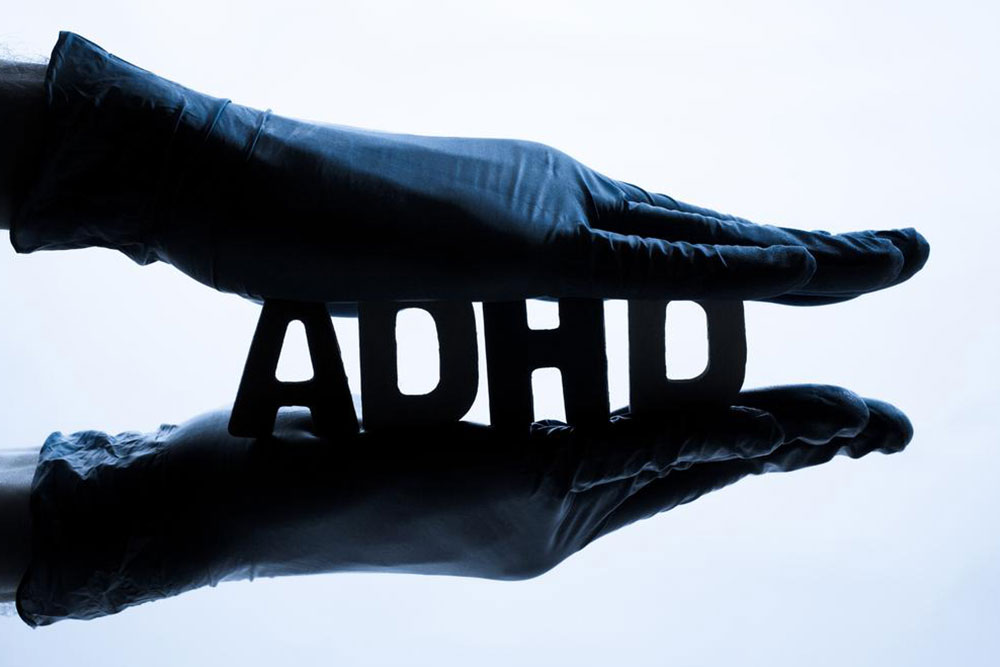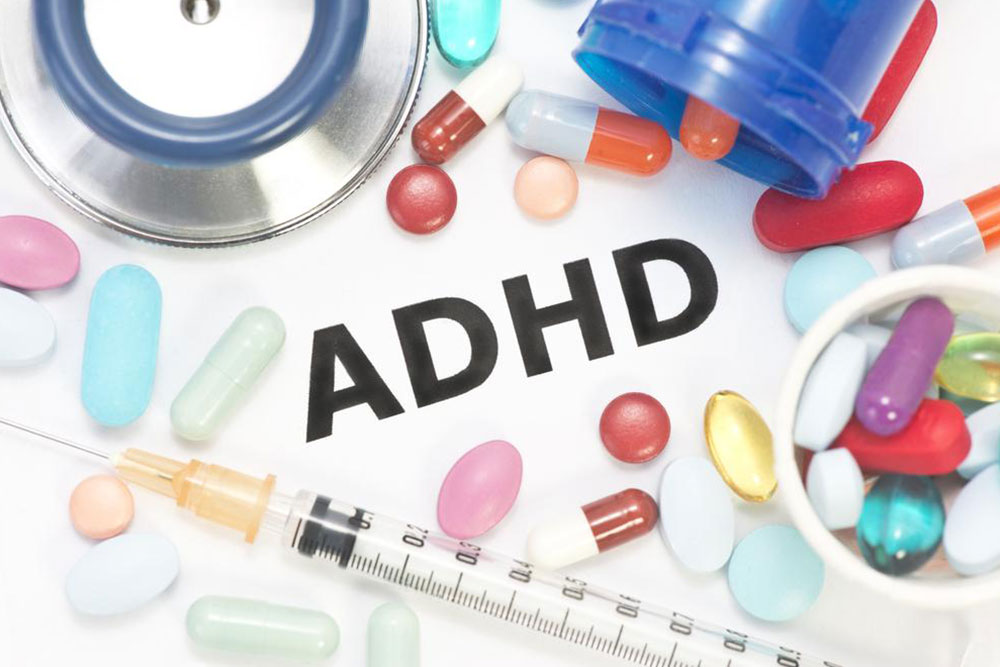Comprehensive Guide to ADHD: Recognizing Symptoms and Understanding Its Impact Across All Ages
This comprehensive article offers an in-depth exploration of ADHD, detailing its symptoms across different age groups, diagnosis rates, gender disparities, and treatment options. It emphasizes early detection and support, highlighting the condition's wide-ranging impact on both children and adults. Learn about signal behaviors, the importance of professional assessment, and how tailored management strategies can help individuals thrive despite challenges. A must-read for parents, educators, and adults navigating ADHD in daily life.

Comprehensive Guide to ADHD: Recognizing Symptoms and Understanding Its Impact Across All Ages
Attention Deficit Hyperactivity Disorder (ADHD) is a complex neurodevelopmental condition that affects millions of individuals worldwide, manifesting through various behavioral challenges such as impulsiveness, hyperactivity, and difficulties in maintaining attention. It is a condition that does not discriminate by age, gender, or background, influencing both children and adults in numerous ways. This detailed guide aims to shed light on the essential aspects of ADHD, including its symptoms, diagnosis, treatment options, and the profound impact it has on daily life at different stages.
In children, especially those between the ages of 6 and 12, ADHD symptoms tend to become more evident, often coinciding with the start of formal schooling. It can be a challenging phase for parents and teachers alike, as children may struggle with paying attention, sitting still, completing tasks, or controlling impulsive behaviors. Recognizing these signs early can lead to timely intervention, which is crucial for improving long-term outcomes.
Globally, it is estimated that approximately 11% of school-aged children, equating to about 6.4 million children in the United States alone, are diagnosed with ADHD. This prevalence underscores the importance of understanding this condition better and providing appropriate support systems. While ADHD in children is often identified through behavioral observations and assessments, it requires a comprehensive evaluation by healthcare professionals to confirm diagnosis and rule out other causes.
ADHD does not simply vanish when childhood ends; instead, it often persists into adulthood. Studies reveal that around 2.5% of U.S. adults live with ADHD, although many remain undiagnosed. Adult ADHD may present differently than childhood ADHD, with less hyperactivity but increased difficulties with restlessness, impulsivity, time management, organization, and sustained focus. This can significantly impact careers, relationships, and overall quality of life.
Treatment strategies are generally similar for both children and adults, involving a combination of medication, behavioral therapy, coaching, and lifestyle adjustments. Medications typically include stimulants like methylphenidate and amphetamines, as well as non-stimulant options, tailored to individual needs and responses. Behavioral interventions focus on developing coping skills, establishing routines, and improving organizational habits. Support from family, educators, and mental health professionals is vital for effectively managing ADHD symptoms across the lifespan.
Gender disparities are also evident in ADHD diagnosis and treatment. Research indicates that boys are diagnosed more frequently than girls, with about four out of five cases reported in males. This discrepancy may stem from differences in symptom presentation, as boys often display more hyperactivity and externalizing behaviors, which are easier to observe. Conversely, girls tend to exhibit inattentiveness with fewer hyperactive signs, leading to underdiagnosis or delayed diagnosis.
The Attention Deficit Disorder Association highlights that males are more likely to be referred for testing and treatment compared to females, emphasizing the need for increased awareness and screening that considers gender-specific manifestations of ADHD. Recognizing subtle signs, especially in girls and adults, is critical for early intervention and support.
Overall, ADHD is a multifaceted disorder with wide-ranging effects. While it presents challenges, recognizing symptoms early and implementing effective management strategies can greatly improve the lives of those affected. With increased awareness, research, and access to comprehensive treatment, individuals with ADHD can lead successful, fulfilling lives regardless of age.





